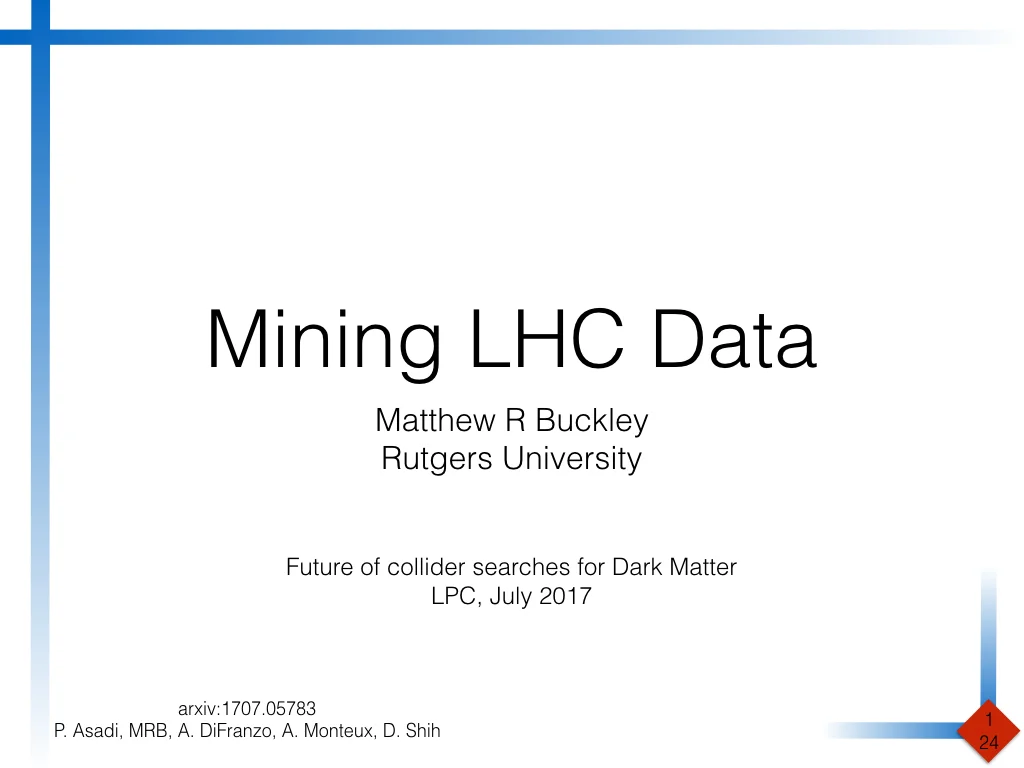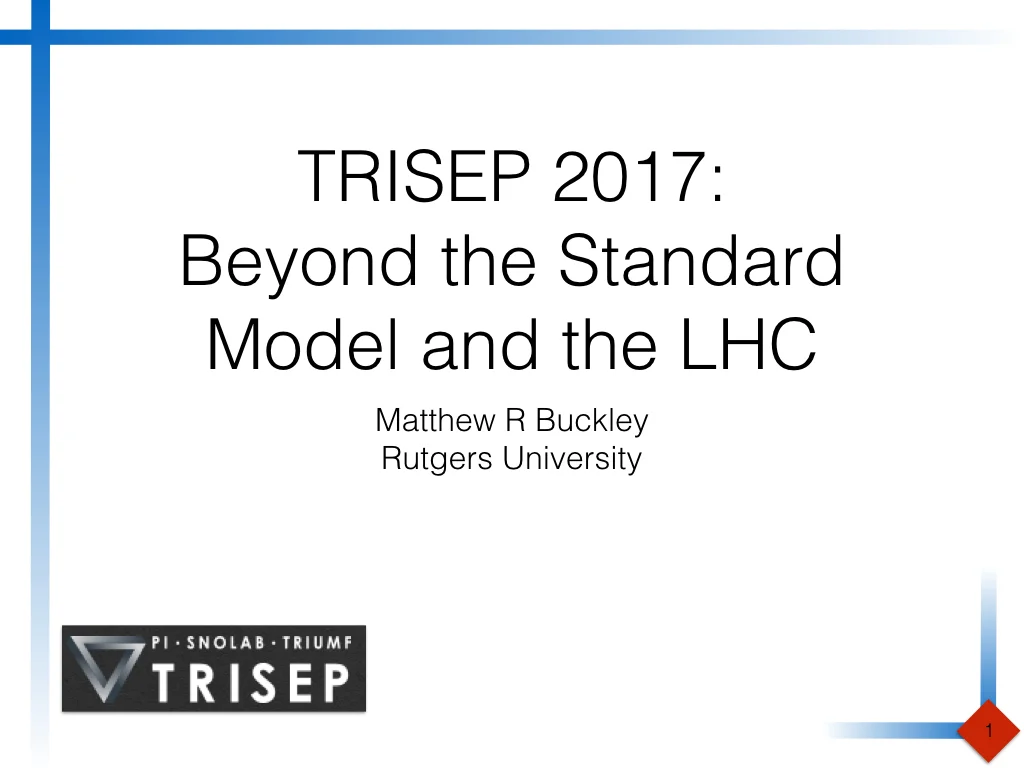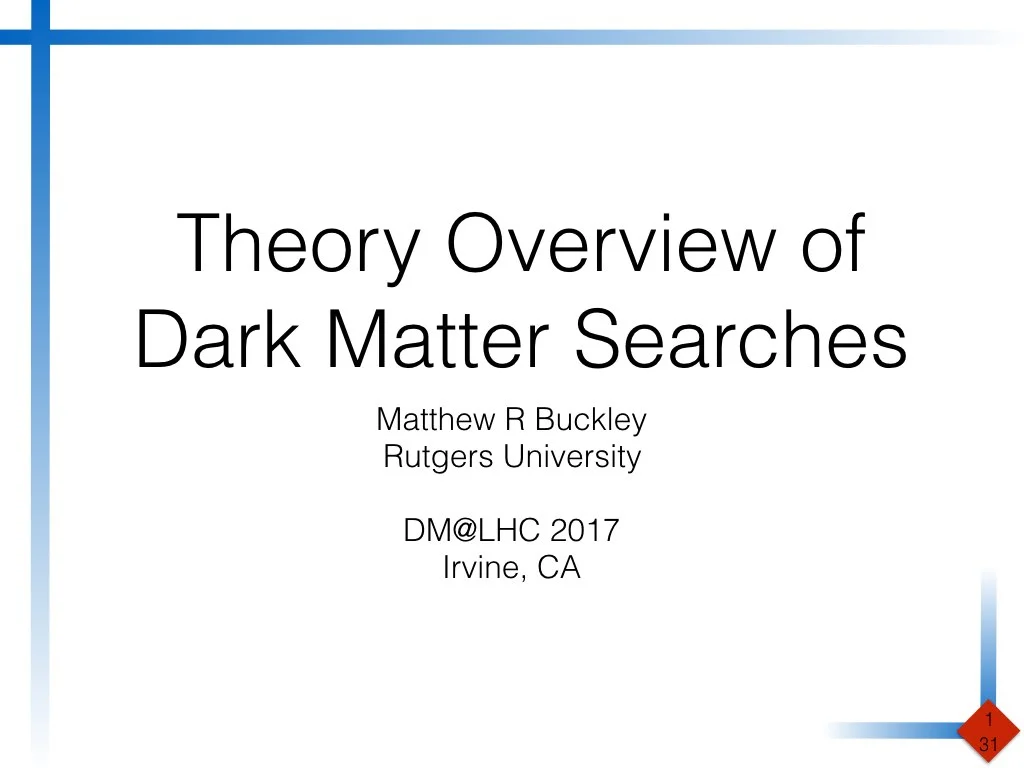A few months ago, I was lucky enough to be contacted by an experimental student in the CMS collaboration, Deborah Pinna. Deborah had a question for me: in a certain set of dark matter models that I had written one of the early papers on, we only considered one particular class of final states, namely production of dark matter at the LHC along with a pair of top quarks. Why, she asked, did we not also consider the production of a single top quark, along with dark matter?
The answer was that everyone, including myself, just assumed that this channel didn’t matter. I’ll explain why in a bit, but I had just assumed that the rate at which this sort of event could occur would be so low that I never actually bothered to check. It turned out that my intuition was wrong. Deborah did check, and upon finding out that this single-top channel mattered, contacted me, assuming perhaps there was a good reason for ignoring it. There wasn’t.
I was really happy to contribute to Deborah’s project, and I want to emphasize that she and a postdoc, Alberto Zucchetta, did all of the heavy lifting on this paper.
So what was the idea? What is single versus pair production of tops, and why does it matter?
Read More
















